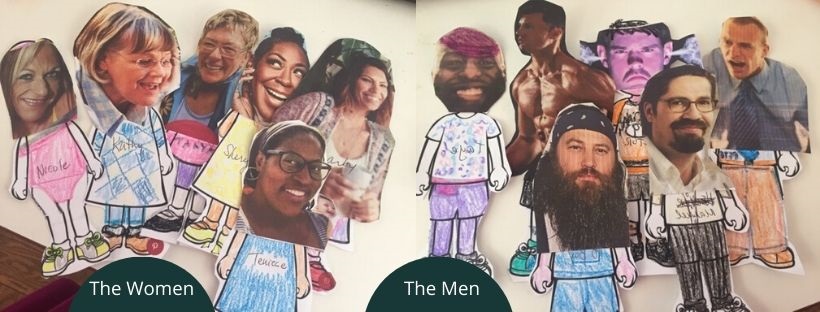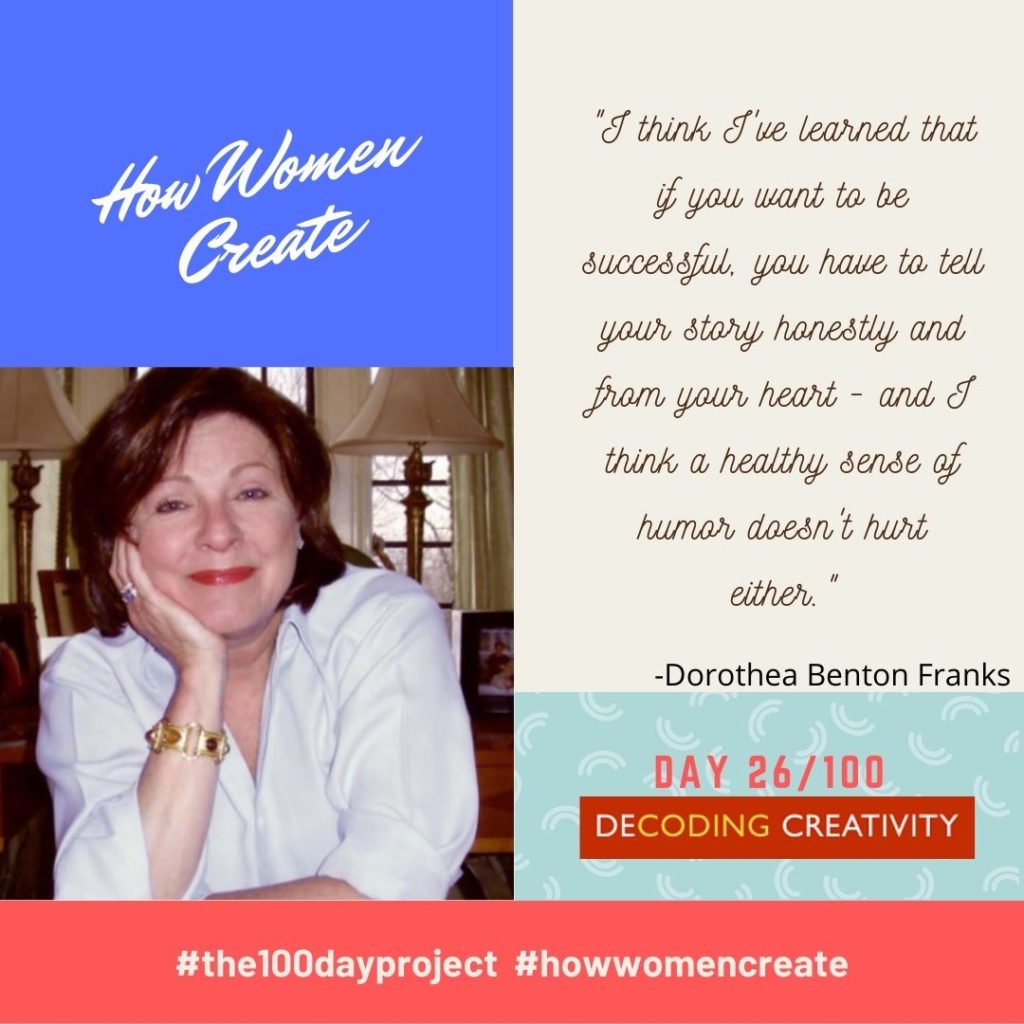I’m writing a book, now, with a big cast. And I’ve struggled with this concept. It goes directly against the one inspired teaching I personally received from a bestselling author. Be that as it may, my book has a large cast, and I needed to see how they interacted in their primary setting. I also needed to work out who befriended whom, and why. I wanted comic pairings, and conflict pairings, and opportunities for some delivery of themes and food for thought.
I wanted, mostly, to make sure my reader would know and love these characters, without having to read a catalog of names and attributes at the book’s beginning. That was a toughie.
I often “cast” a book’s characters – obviously first figuring out how they look, their ages, names, likes and dislikes, what purpose they might serve in the book – by finding magazine pictures of these people. They don’t have to be actors, or famous in any way, but they can be. When I’m just getting started, I create a character bible to help me define the characters.
In this case, however, I had 12 characters in the “B” plot and a normal number in the “A” plot story. The B plot people were not yet fully developed. So, I made paperdolls of them. What do you think?

I don’t pretend to be an artist, btw. At least, this way I get to see them physically together. I can see who pairs with whom, who plots against whom, and what funny stories they might be a part of together.
Sometimes, doing something, anything, with your hands can free your brain to go back to enjoying the writing. So, though I’m not a writing teacher – by any measure – I offer this way to shake up your thinking, use your hands and get past a sticking point with your characters and story ideation.
If you ever played with Barbies, had them walk around and kiss Ken, this is the same as that, but with a point. Adults love points. Sometimes you have to play, waste a little time in order to be productive. And feel creative again.
Meanwhile, I’ve been doing #the100dayproject on Instagram. Each day you post something creative for 100 days. It’s an amazing art project – and you should totally check out the hashtag. I’m doing #howwomencreate @juliadecodes. Saturday’s quote was from Dottie Franks. Check out the series! And it is not too late to start your 100 day project. There are still 74 days – that’s plenty of time to make a great effort and impression, and plenty of time to fill in and catch up if you really want to achieve 100 entries.
